Archives
- 2025-10
- 2025-09
- 2025-03
- 2025-02
- 2025-01
- 2024-12
- 2024-11
- 2024-10
- 2024-09
- 2024-08
- 2024-07
- 2024-06
- 2024-05
- 2024-04
- 2024-03
- 2024-02
- 2024-01
- 2023-12
- 2023-11
- 2023-10
- 2023-09
- 2023-08
- 2023-07
- 2023-06
- 2023-05
- 2023-04
- 2023-03
- 2023-02
- 2023-01
- 2022-12
- 2022-11
- 2022-10
- 2022-09
- 2022-08
- 2022-07
- 2022-06
- 2022-05
- 2022-04
- 2022-03
- 2022-02
- 2022-01
- 2021-12
- 2021-11
- 2021-10
- 2021-09
- 2021-08
- 2021-07
- 2021-06
- 2021-05
- 2021-04
- 2021-03
- 2021-02
- 2021-01
- 2020-12
- 2020-11
- 2020-10
- 2020-09
- 2020-08
- 2020-07
- 2020-06
- 2020-05
- 2020-04
- 2020-03
- 2020-02
- 2020-01
- 2019-12
- 2019-11
- 2019-10
- 2019-09
- 2019-08
- 2018-07
-
Organometallic compounds exhibited remarkable potential for
2019-11-14
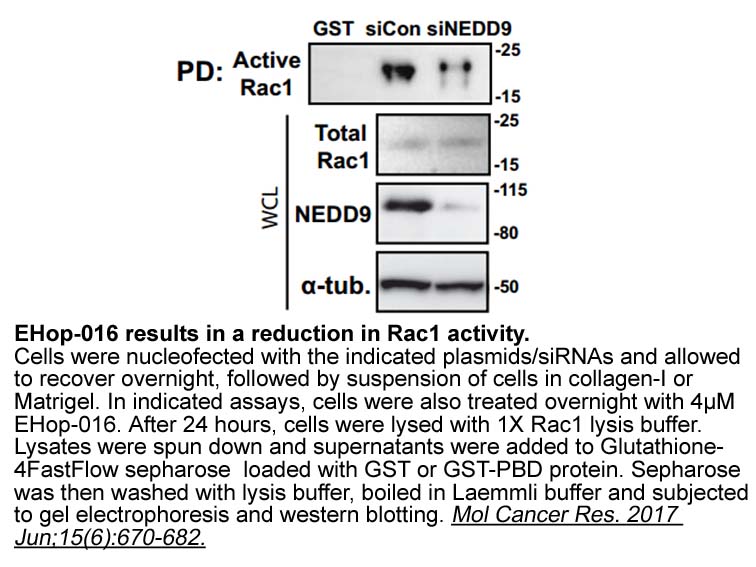
Organometallic compounds exhibited remarkable potential for the development of new cancer drugs not only due to the direct cytotoxicity but also to the drug targeting and active anticancer immune response ability [4]. Among the organometallic compounds, ferrocene is one of the most well-known compou
-
As DNA methylation plays a critical role in
2019-11-14
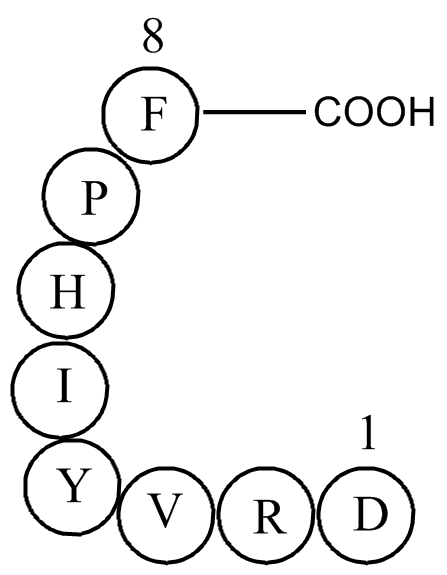
As DNA methylation plays a critical role in organismic development and human diseases, the interest in DNA methyltransferases is constantly increasing. Extensive studies on the repertoires of dnmts genes have indicated increasing dnmts members in eukaryotes (Goll and Bestor, 2005; Ponger and Li, 200
-
We consider the following perturbation of problem where is a
2019-11-13
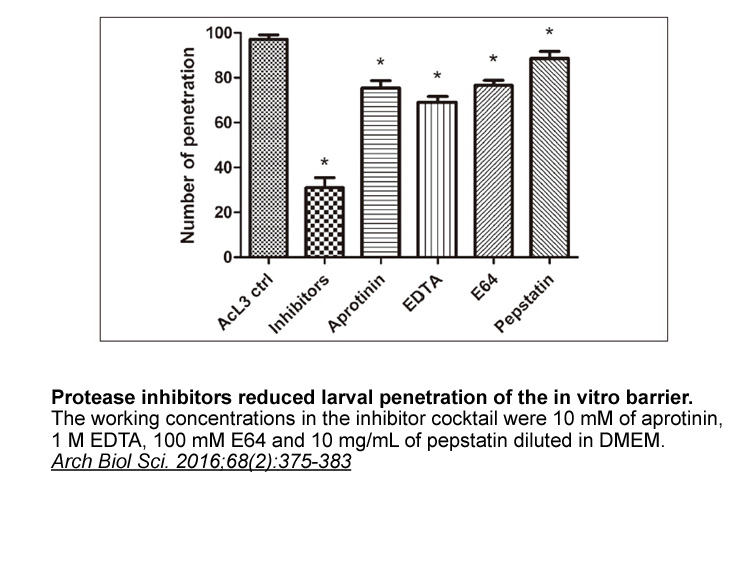
We consider the following perturbation of problem (2):where ∊>0 is an identity element. For a given ∊, we solve problem (3) to get the solution (x, y, λ). As ∊ decreases slowly toward 0, the optimum of F follows to the global optimum of F0. This set of constraint conditions is called the central pat
-
NVP 231 Collagen X is a homotrimeric molecule of
2019-11-13
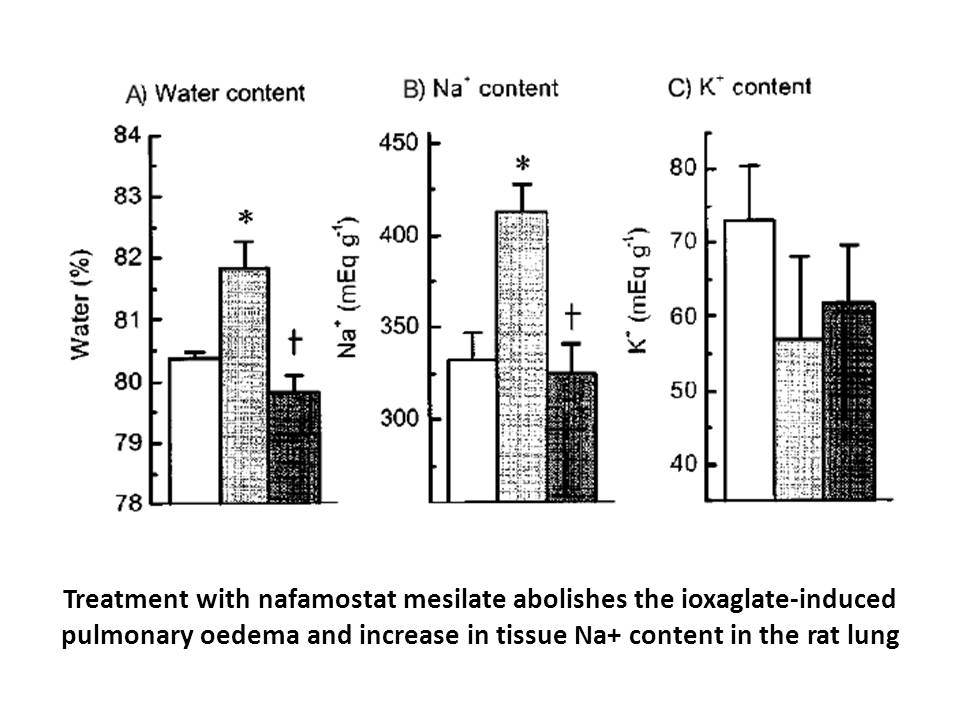
Collagen X is a homotrimeric molecule of three α1(X) chains (Mr 59 kDa) comprising a 45 kDa triple-helical domain flanked by an N-terminal (NC2) and a larger C-terminal (NC1) non-collagenous domains (Shen, 2005). In the hypertrophic ECM, collagen X most likely forms an extended hexagonal network, as
-
In plants SUMOylation has been shown to modulate plant
2019-11-13
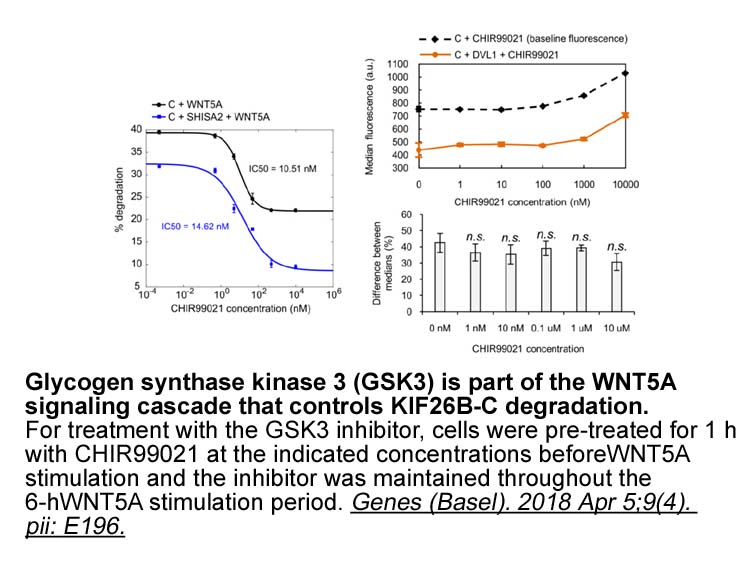
In plants, SUMOylation has been shown to modulate plant hormone signaling (Lois et al., 2003, Miura et al., 2009, Conti et al., 2014), root stem cell maintenance (Xu et al., 2013), and responses to abiotic and biotic stress (Lois, 2010). Many of the plant biological processes regulated by SUMOylatio
-
DPP is show two relevant benefits in the clinical management
2019-11-13

DPP-4is show two relevant benefits in the clinical management of type 2 diabetic patients: negligible risk of severe hypoglycemia, particularly when compared with sulphonylureas [[33], [34]], and weight neutrality, in contrast with the weight gain generally observed with insulin therapy, sulfonylure
-
Table presents results for estimation of Eq using ACTR and
2019-11-13
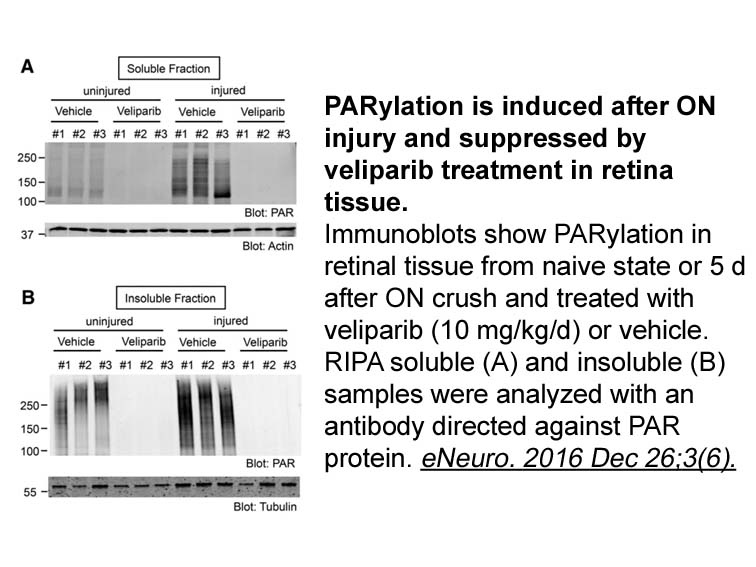
Table 4 presents results for estimation of Eq. (1) using ACTR and SUWE to compare the incidence of attempting the exam between programs. We find alumni are more likely to attempt the exam if they p53 inhibitor do not hold another professional certification, have worked for an accounting firm, have
-
Secondary and primary studies have considered
2019-11-13
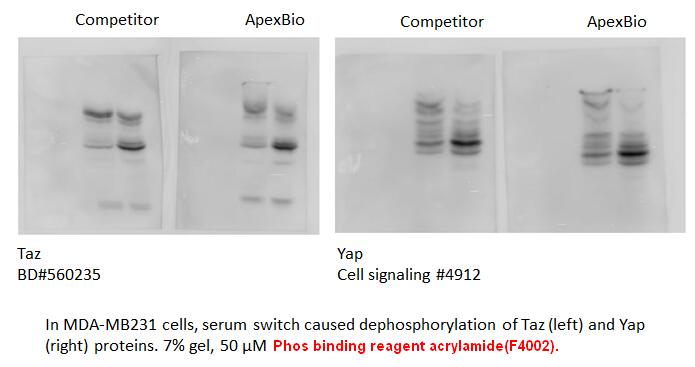
Secondary and primary studies have considered the decision to select the provider and to select components after the component origin is chosen. Examples of secondary and primary studies outside our scope, but still related to decision-making are listed in Tables 1 and 2. The secondary and primary s
-
ClC is a member of the
2019-11-13

ClC-3 is a member of the voltage-gated chloride channel superfamily and has many roles in cell proliferation, apoptosis, proton pump inhibitor progression and so on (Dai et al., 2005). A growing number of studies showed that ClC-3 encoded a volume-regulated Cl− channel (ICl,Vol) in heart, that coul
-
Previously we have shown that the
2019-11-13
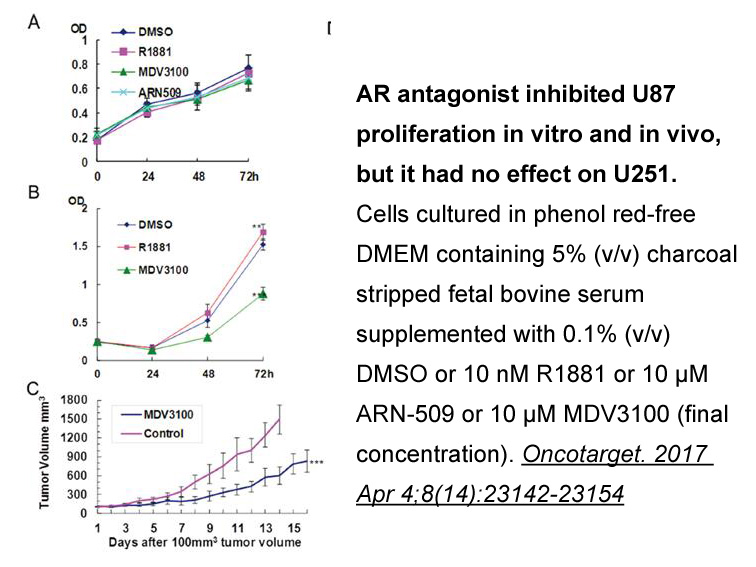
Previously, we have shown that the overexpression of ERRγ induces exercise-like oxidative muscle remodeling without engaging changes in the expression level or activity of PGC1α (Narkar et al., 2011). In this study, overexpression of ERRγ in PKO muscle reveals that ERRγ-activated target genes can ac
-
BIRB796 mg In conclusion our results provide a new mechanist
2019-11-13
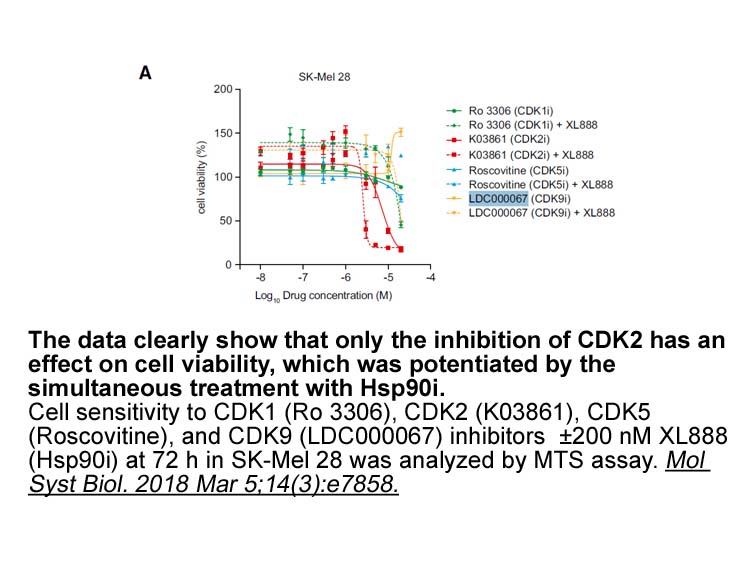
In conclusion, our results provide a new mechanistic insight into the signaling pathways mediating TDCIPP-induced apoptosis in cultured neuronal cells. We showed that TDCIPP-induced neuronal cell cytotoxicity and death are mediated via the ER stress-regulated apoptotic pathway, wherein the induction
-
br Conclusion As far as we know this
2019-11-13
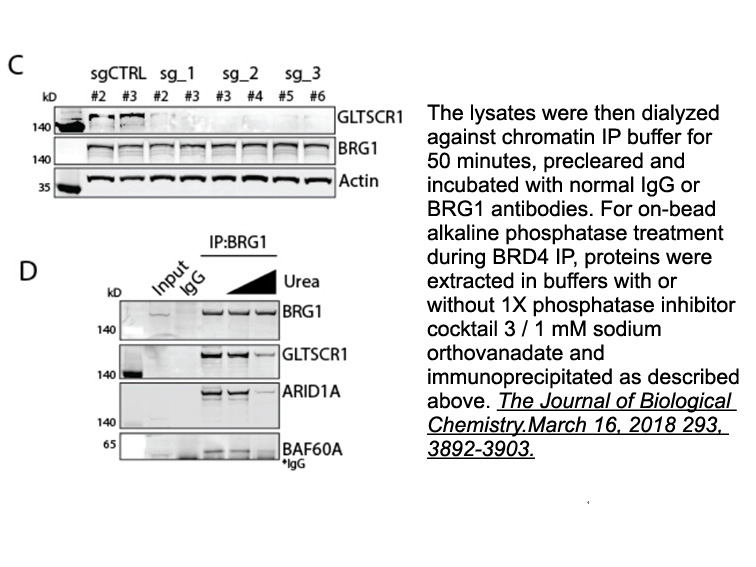
Conclusion As far as we know, this work constituted the first use of silver nitrate staining and sequential FISH in V. vinifera. This technique allowed the unequivocal identification of Ag-NORs and corresponding rDNA loci. Besides, silver nitrate staining and sequential FISH may bring new insight
-
Liver metabolic programming begins in utero Aiming to find
2019-11-12

Liver metabolic programming begins in utero. Aiming to find a reason for the decreased lipid catabolism enzyme expression observed in fetuses and offspring from SFD rats, we studied the effect of leptin on liver catabolism in fetuses from control and SFD rats. Livers from control fetuses responded t
-
We next turned our attention to the position
2019-11-12
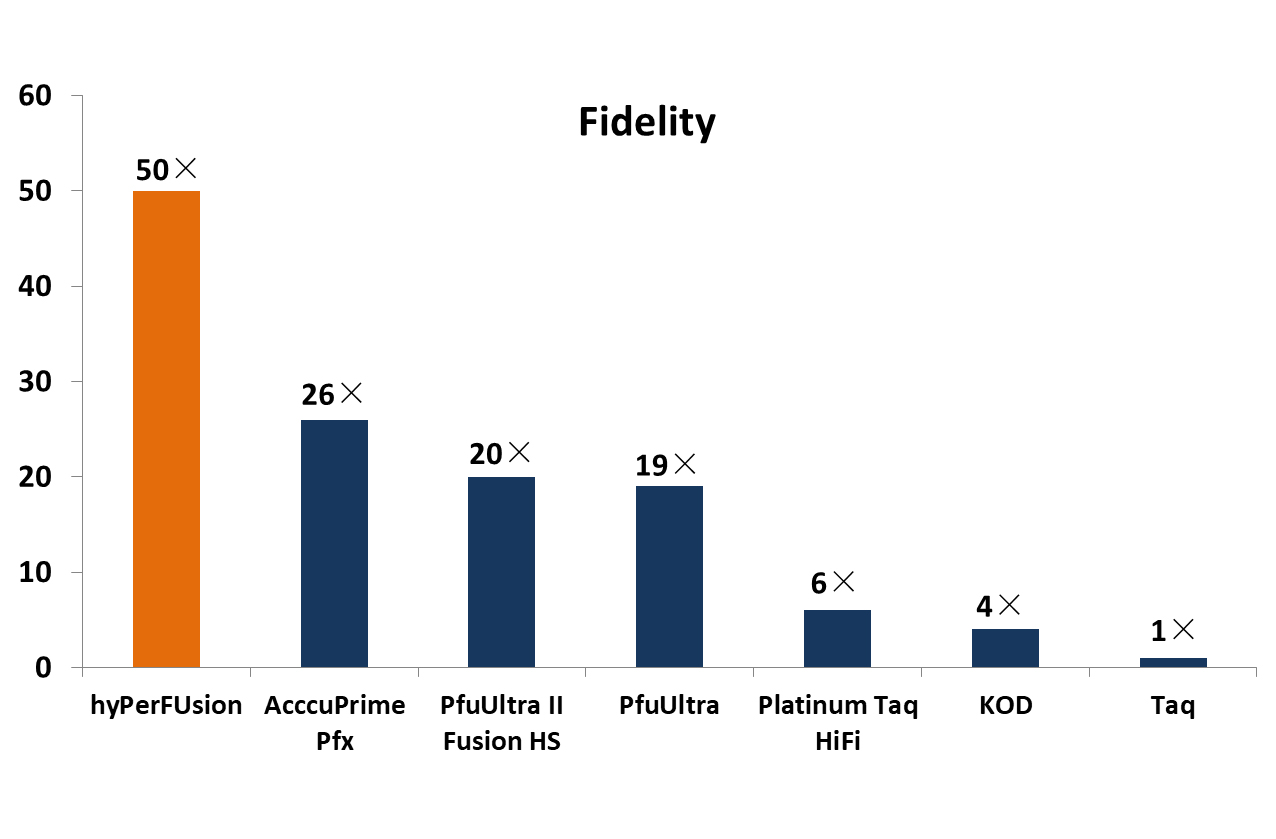
We next turned our attention to the 6-position of the indole (). It was found that the chlorine atom present in was extremely important. The des-chloro analogue showed nearly 30-fold less affinity for the EP receptor in the binding assay and was nearly 30-fold lower in activity in the functional a
-
br Experimental Procedures br Author Contributions
2019-11-12
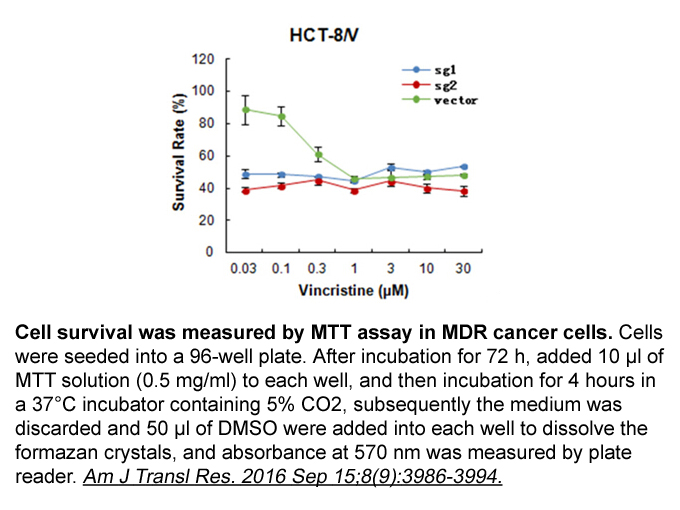
Experimental Procedures Author Contributions Acknowledgments Introduction Breast cancer is one of the most common malignancies for women worldwide, representing approximately 22% of women’s malignancies that pose a threat to women’s health [[1], [2], [3], [4]]. The morbidity rate of brea
14276 records 916/952 page Previous Next First page 上5页 916917918919920 下5页 Last page